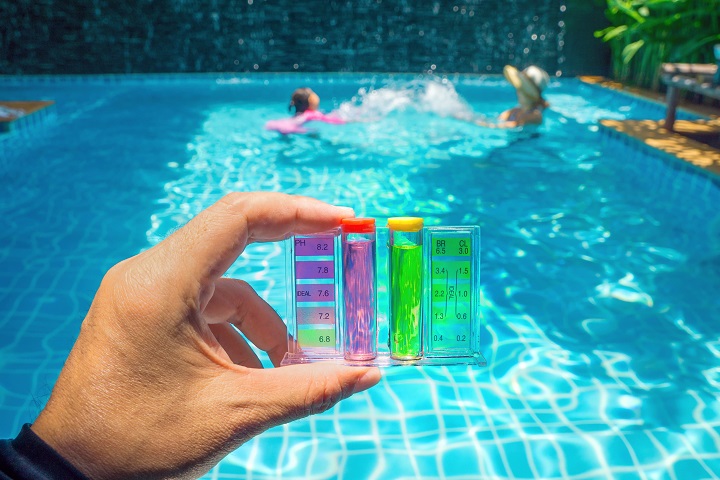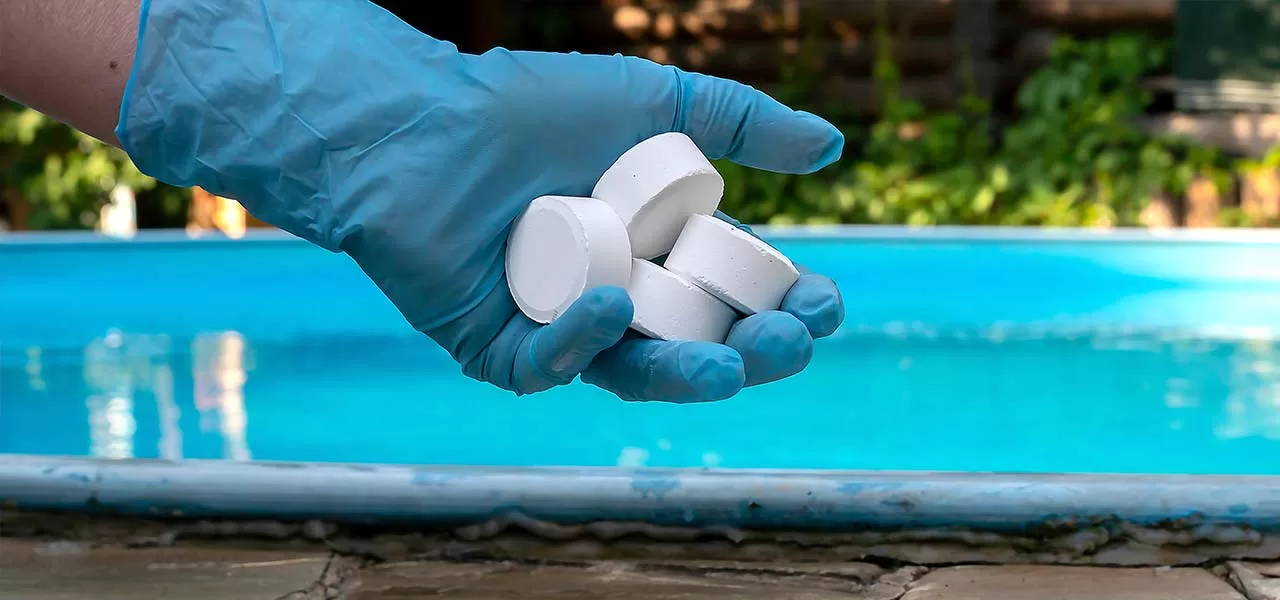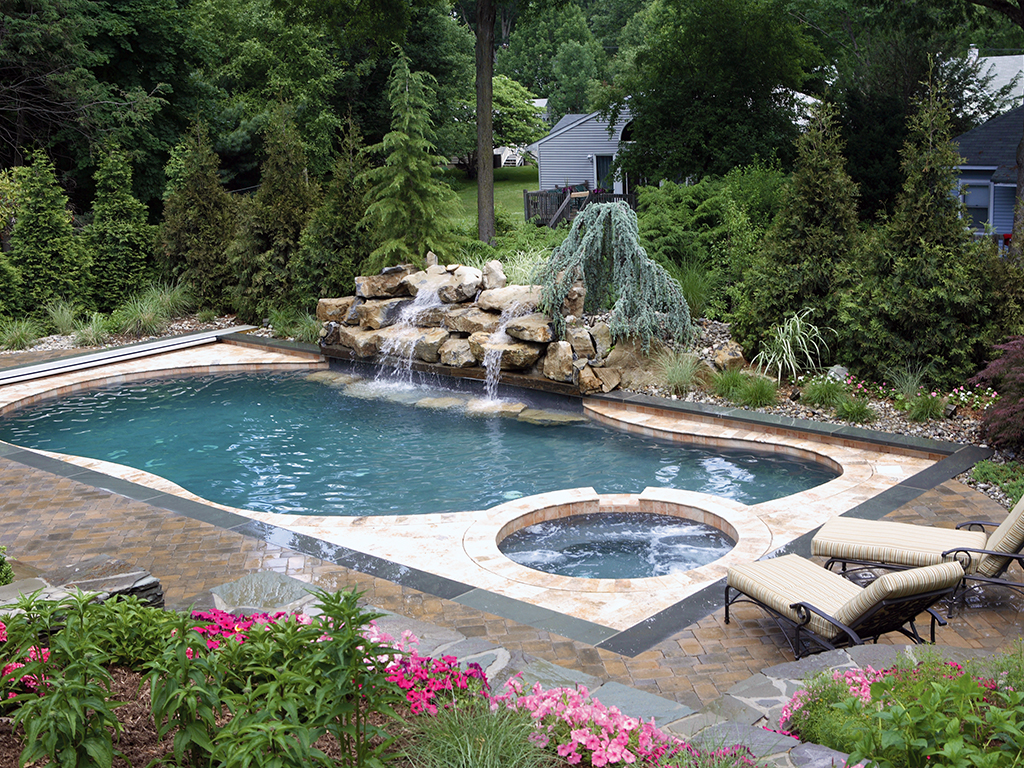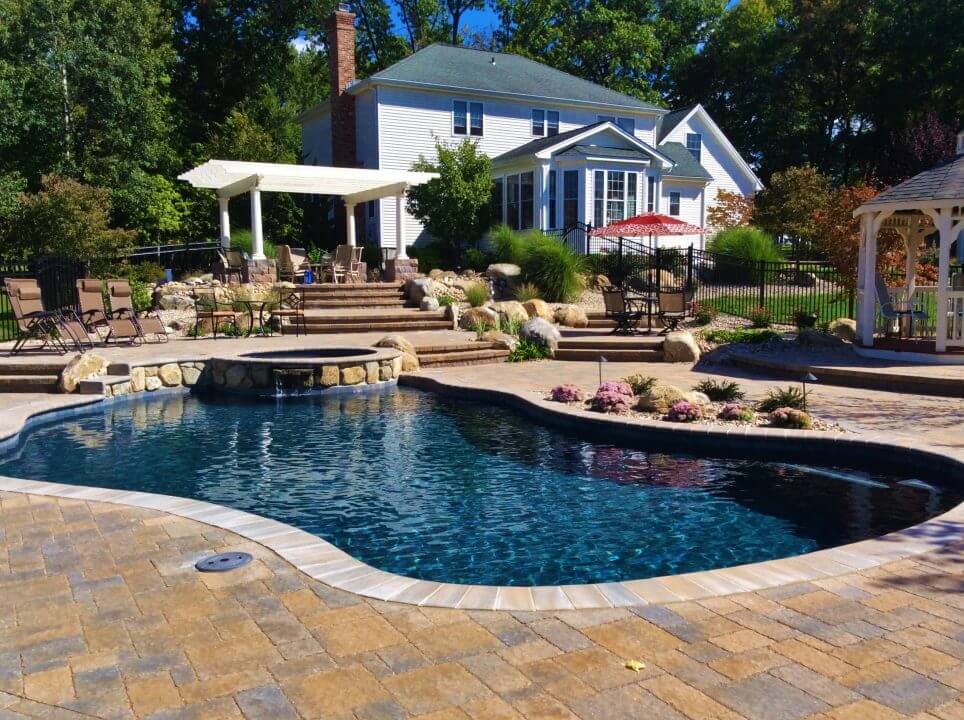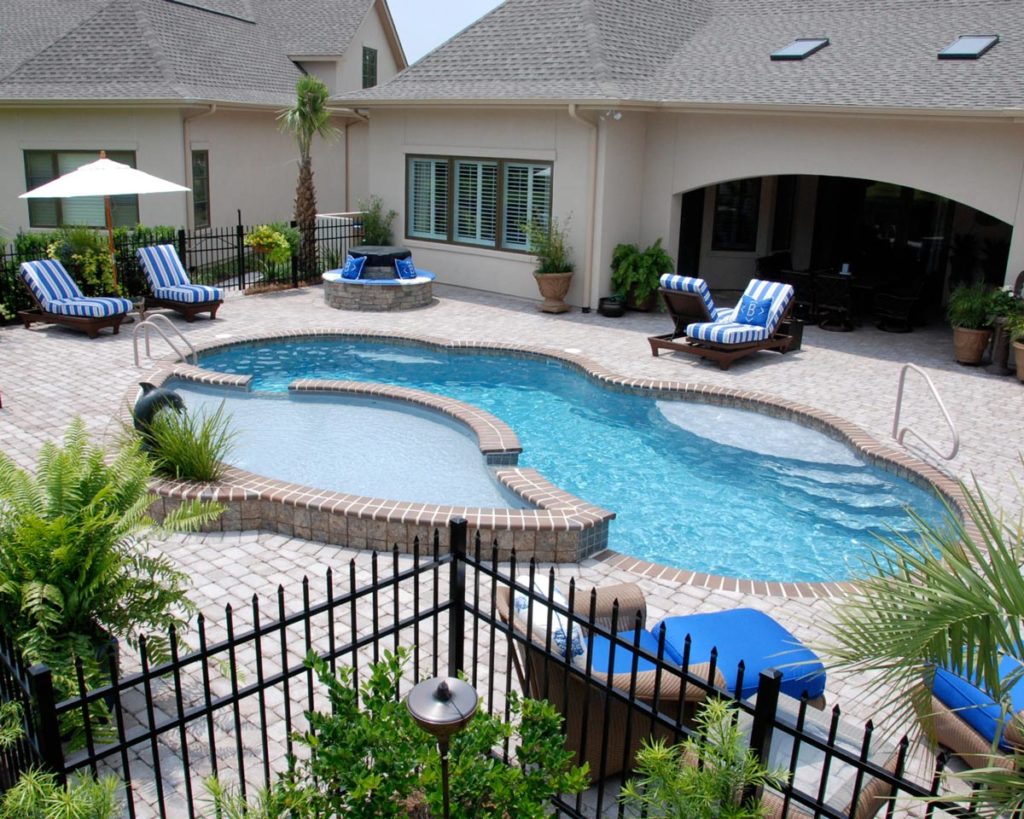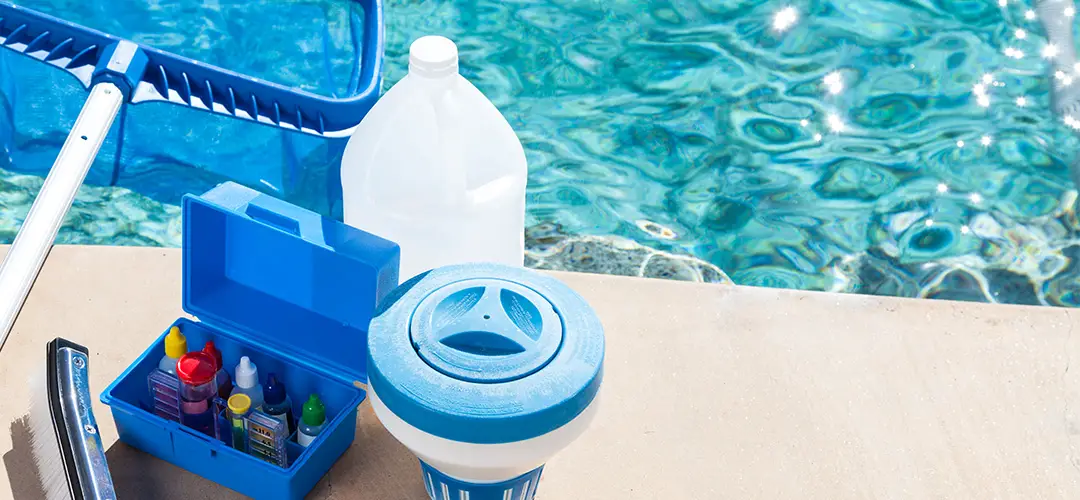Maintaining a balanced swimming pool pH is critical to enjoying using your pool. That’s because a high pH can cause skin irritation and several other issues, while low pH may impact the effectiveness of chlorine in the pool, among other issues.
Remember that chlorine helps kill germs in the swimming pools. Therefore, limiting the effectiveness of chlorine in your pool opens the doorways for all kinds of health issues for the pool’s users.
Unfortunately, maintaining a balanced swimming pool pH is challenging for many reasons, including weather conditions, water sources, chemical additions, and the swimmers themselves.
This guide is designed to help you achieve pH balance in a pool by raising or lowering the pH levels accordingly.
What is pH?
PH is short for “power of hydrogen” or “potential hydrogen.” It’s the measure of a substance’s ability to attract hydrogen ions on a scale of 0-14.
A liquid’s ability to attract hydrogen ions determines its acidity or alkalinity. Generally, the lower the pH level, the more acidic the solution, and the higher the pH level, the higher the alkalinity. In other words, a pH of 1 is an extremely acidic solution, while a pH of 14 is extremely alkaline.
What’s a Good pH for Pools?
Swimming pools should be the same pH as freshwater. Therefore, the ideal pH balance in a pool is 7.2 to 7.6, with 7.4 considered the best pH. Anything lower than 7.2 means the pool is acidic, and figures higher than 7.6 mean the pool is alkaline.
Causes of Low/High pH in Swimming Pools?
Several factors can lead to low or high pH in swimming pools. For instance, a lower or higher pH can result from heavy rainstorms or pool overuse.
If you’re wondering, rainwater is slightly acidic, with a pH of around 5.5, meaning it’s naturally acidic. So, a substantial amount of rain that fills up your pool can significantly lower the pool’s potential for hydrogen.
Other common reasons for low/high pool pH include;
- Dissolved body fluids: You may notice a slight increase in the pool’s acidity after hosting a large party, given that the makeup products people wear contain significant quantities of acidity components.
- Pool chemicals: The chemicals used in pool maintenance can also raise the acidity of your pool. This is especially common after DIY pool maintenance.
- Sudden temperature increases: Higher temperatures can alter the chemical formula of the chemicals already in your pool, increasing alkalinity.
How to Raise or Lower your Pool’s pH in 4 Steps
The following is a step-by-step guide to test your swimming pool for acidity or alkalinity and lower or raise the pH levels accordingly to achieve pH balance in a pool.
Test the pool water
You need a pool testing kit for this process. Use the kit to determine the level of acidity in your pool, keeping in mind that the ideal pool pH is 7.4. If the pool’s pH is lower than 7.2, you need to raise it, and if it’s more than 7.6, you need to lower it.
Calculate the amount of water in the pool
You should know this already. However, there’s no harm in confirming the amount of water in your pool. It’s very easy too. Find out the pool’s length, width, and depth (for rectangular pools) and multiply the value 7.5. So, the amount of water = length x width x depth x 7.5. Alternatively, for round pools, calculate the volume as follows; the volume of water = diameter x diameter x depth x 5.9.
Add the reducer/increaser
Poor reducers/increasers lower or raise pH levels. The most commonly used chemical in raising pool pH is sodium carbonate (soda ash). Generally, you need six ounces of soda ash to raise the pool by 2.0 pH points for a 10,000-gallon pool. This means that for a large 30,000-gallon pool with a 7.0, you need (4/2 x 3) x 6 = 36 ounces of soda ash.
Meanwhile, you need either sodium bisulfate or muriatic acid to lower your pool’s pH. Sodium bisulfate comes in powder form. Sprinkle it directly into the pool and stir gently for 10-15 minutes. On the other hand, muriatic acid is liquid. You can pour it directly into the pool at the deep end or over the return jets. Both chemicals are very corrosive. So, be extra careful when handling them.
Test the pool water again
If you added the right chemicals in the right quantities, it should be in the acceptable range, i.e., 7.2 to 7.6 pH. However, don’t fret even if you fail to hit the magic mark on the first attempt. You can always add more reducer or increaser chemicals.
That’s All!
Congratulations. You’ve just lowered or raised the pH in your pool and can now enjoy a balanced pool for the rest of the season. Remember that checking and adjusting pH balance in a pool is an ongoing rather than a one-time event.
